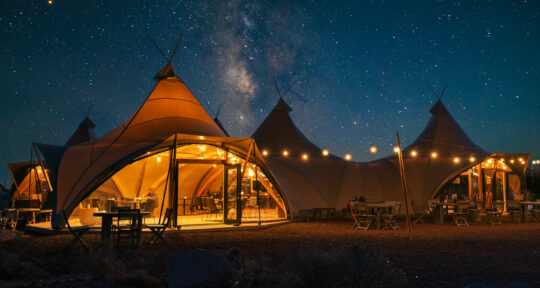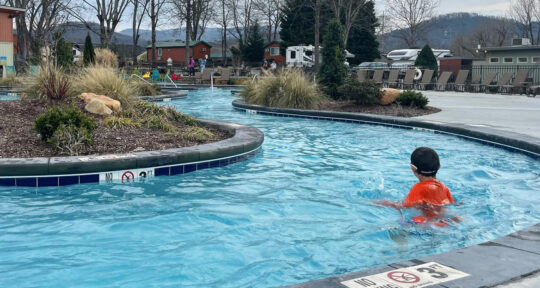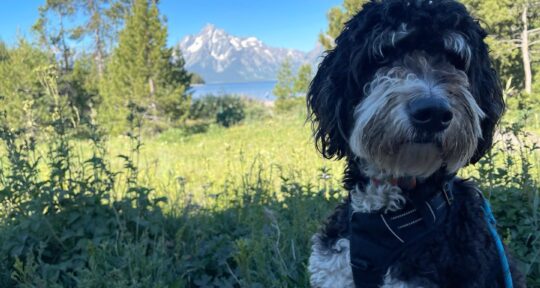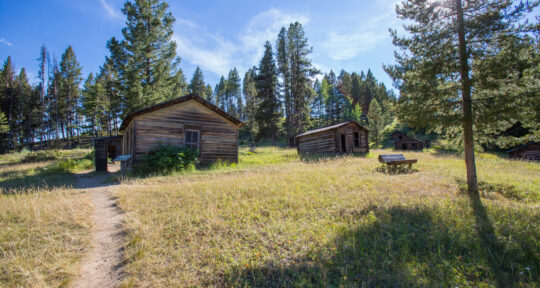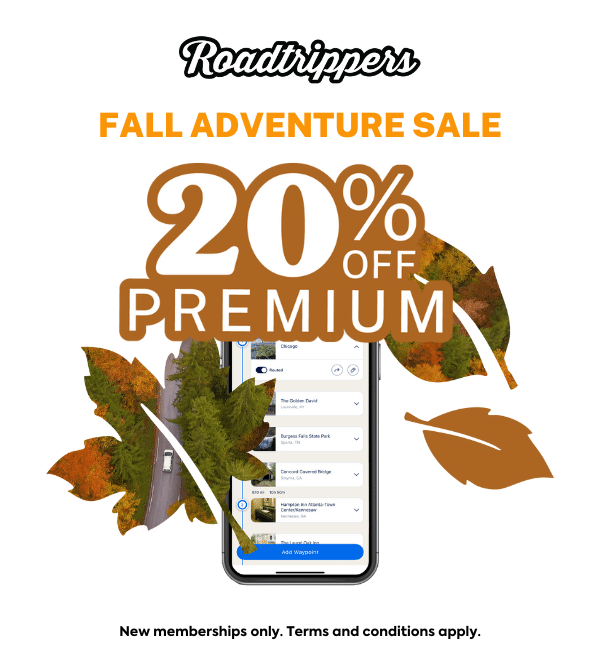As summer comes to an end, I’m prepping my son, who’s entering fourth grade, for the year ahead. My to-do list includes shoe shopping, stocking up on school supplies, last-minute family outings, and registering for a free national park pass as part of the Every Kid Outdoors initiative.
Every Kid Outdoors was launched in 2015, during the National Park Service (NPS) centennial, as a way to increase access to parks and other public lands, and to help create future generations of environmental stewards. The program provides fourth graders and their families with a printable pass that grants free admission to more than 2,000 national parks and other federal public lands and waters across the U.S.
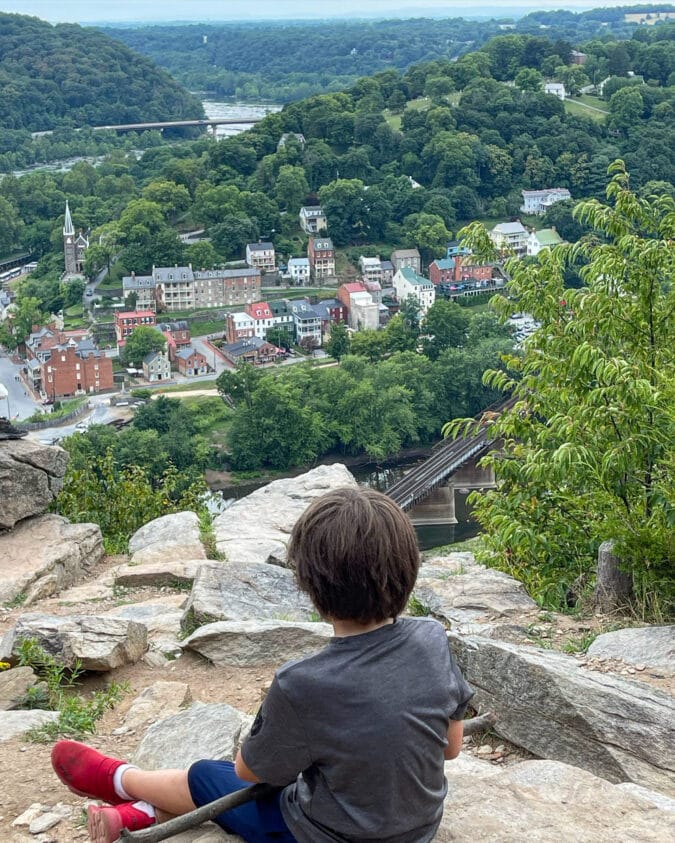
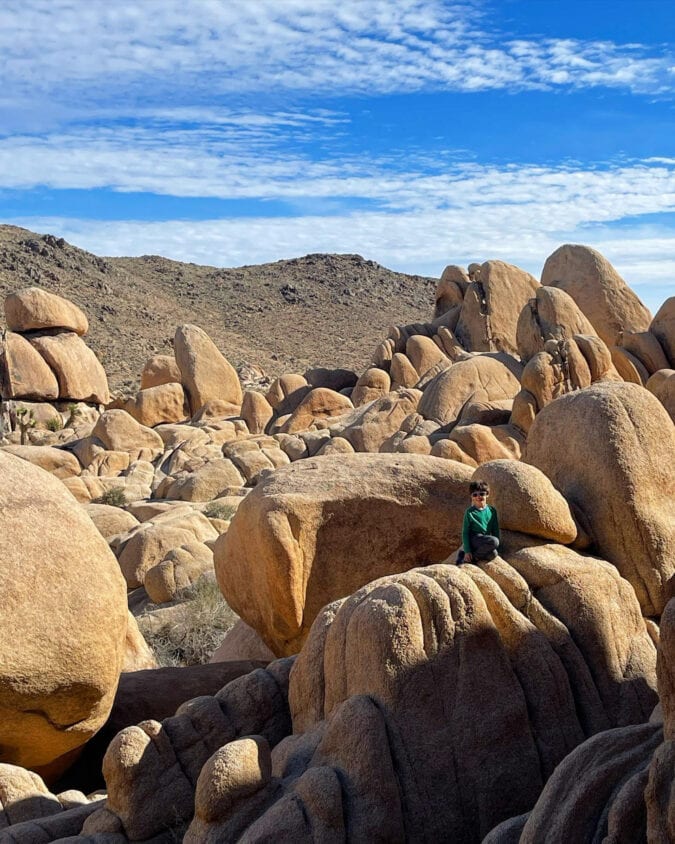
How it works
The Every Kid Outdoors pass works in a similar manner to the America the Beautiful annual pass offered by the NPS, giving fourth graders and their families access to parks for a year. If you visit a site that charges entrance fees per person, the pass admits all children under 16 and up to three adults for free. If your group visits a site that charges vehicle entrance fees, the pass admits all children under 16 and all adults in up to one passenger vehicle. In either scenario, the pass covers entrance fees only.
Incoming fourth graders can apply for the pass beginning on September 1. Are you a teacher? Fourth grade educators are also able to apply for a free pass using the same process:
Step 1: Visit everykidoutdoors.gov to apply for a pass. Your child will need to know their zip code, so they’ll want to have that information handy.
Step 2: Print the paper voucher provided. Please note that the voucher contains a unique code that is not shareable. You will need to bring the paper voucher (electronic versions will not be accepted) with you for any park visits, so be sure to keep it in a safe place. Some sites will exchange the paper voucher for a sturdier plastic pass.
Step 3: Use the everykidoutdoors.gov website to plan future trips. The site includes information on where you can visit with your pass, packing tips, camping recommendations, and more.
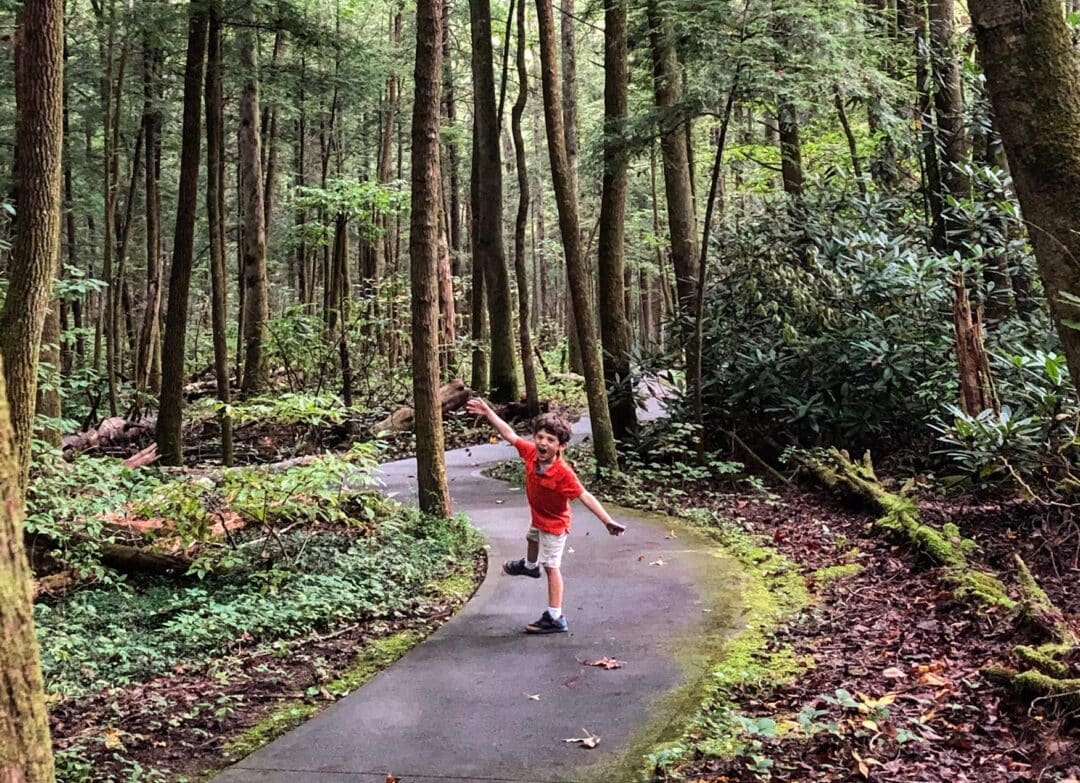
How to make the most of your free parks pass
With so many amazing NPS locations to choose from, you may be overwhelmed about where to start. To help find sites close to home, visit findyourpark.com, which allows you to sort by state and activity type.
When considering where you’d like to visit this year, keep in mind your child’s interests, and think about ways they can get a hands-on education that compliments what they’re learning in the classroom.
Here are a few ideas for how you can use this opportunity to bring your child’s fourth grade education to life in a real-world setting:
Science: National parks offer a wealth of scientific exploration opportunities. In fourth grade, science curriculum often includes exploring the solar system. Consider visiting Dark-Sky Parks, such as Big Bend National Park or Big Cypress National Preserve, that allow your child to search for the constellations pictured in their textbooks.
Math: Fourth grade is a great time to introduce your child to geocaching, which showcases math skills in a fun way. An engaging combination of technology and outdoor exploration, geocaching is the perfect activity to challenge your child to adventure through participating sites such as Shenandoah and Petrified Forest national parks.
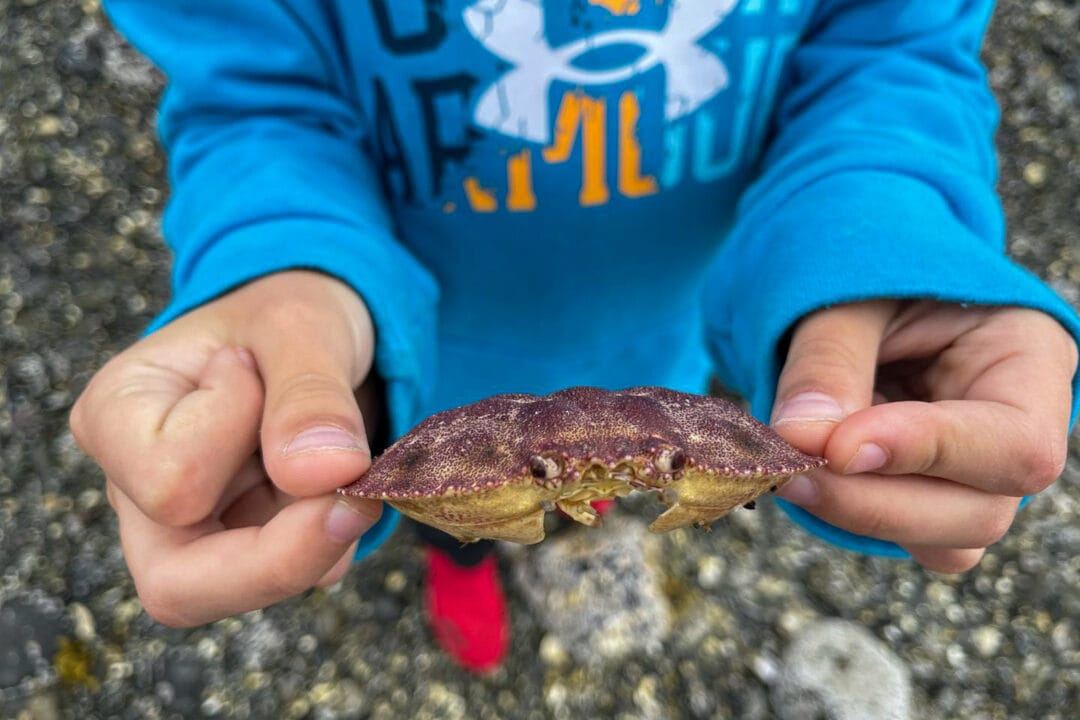
History: Each NPS location is steeped in history. With fourth grade being a time that many children learn about early U.S. history, this is the ideal time to explore historical parks in and around Washington, D.C., such as Frederick Douglass National Historic Site and Harpers Ferry National Historical Park.
Everything you need to know about the National Park Service’s Junior Ranger program
Language arts: Junior Ranger programs allow your young adventurer to explore parks and learn about them in an interactive way. These programs, which can be found at most National Park Service locations, are a fantastic way for your fourth grader to practice their reading comprehension, research, writing, and critical thinking skills.
Art and music: National parks are dedicated to telling the story of art through artists-in-residence programs, which offer an opportunity for budding artists to learn more about these crafts. Acadia National Park, for example, has 12 artists in residence each year, showcasing everything from fine art to photography, poetry, and dance. There are even some parks that are solely dedicated to the arts, such as the New Orleans Jazz National Historical Park.
6 tips for getting your kids interested in hiking
Physical education: Whether you’re tackling an uphill hike to Delicate Arch at Arches National Park or taking a leisurely bike ride through Cuyahoga Valley National Park, you’ll find no shortage of active excursions for you to enjoy with your fourth grader.
